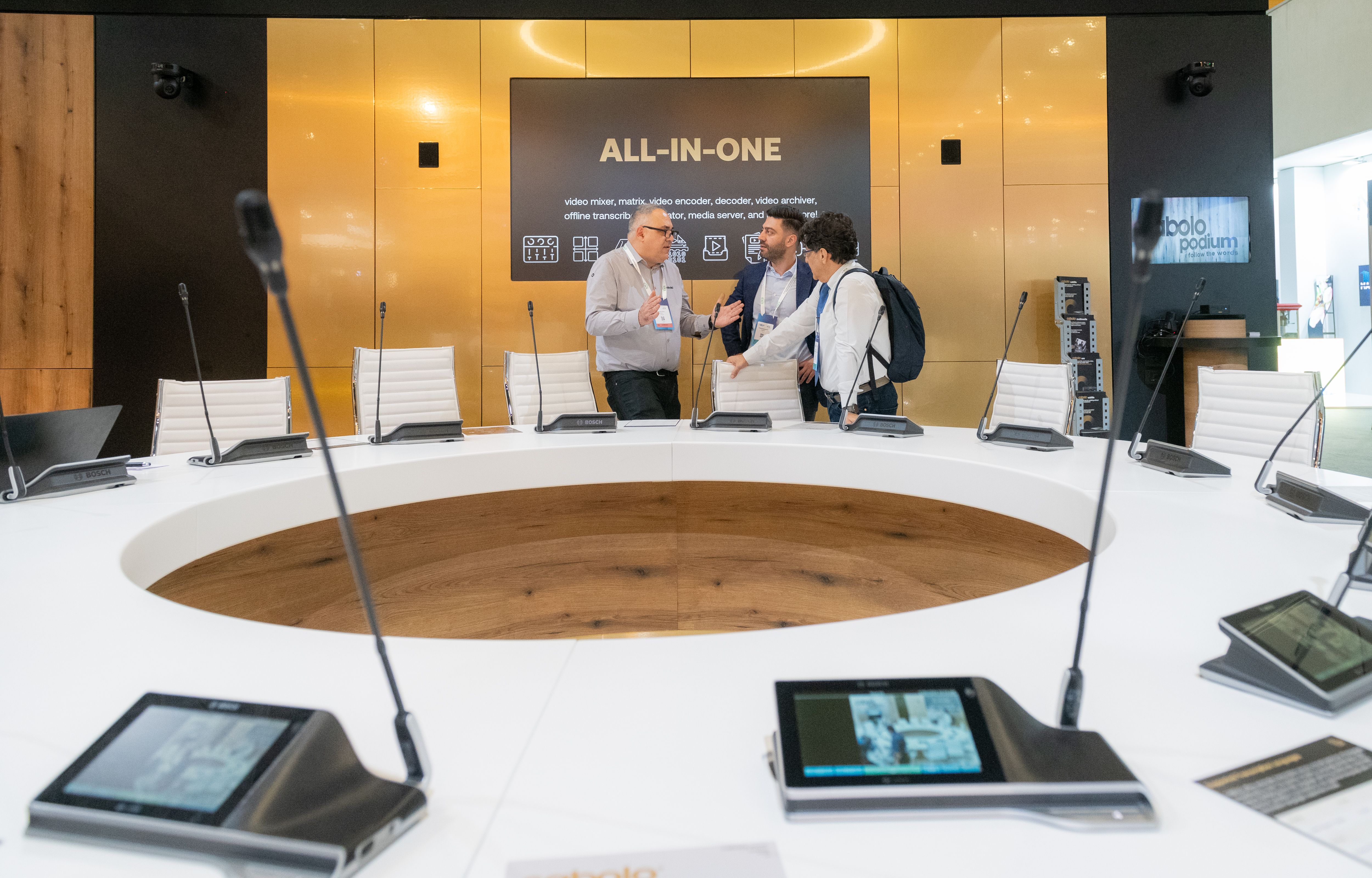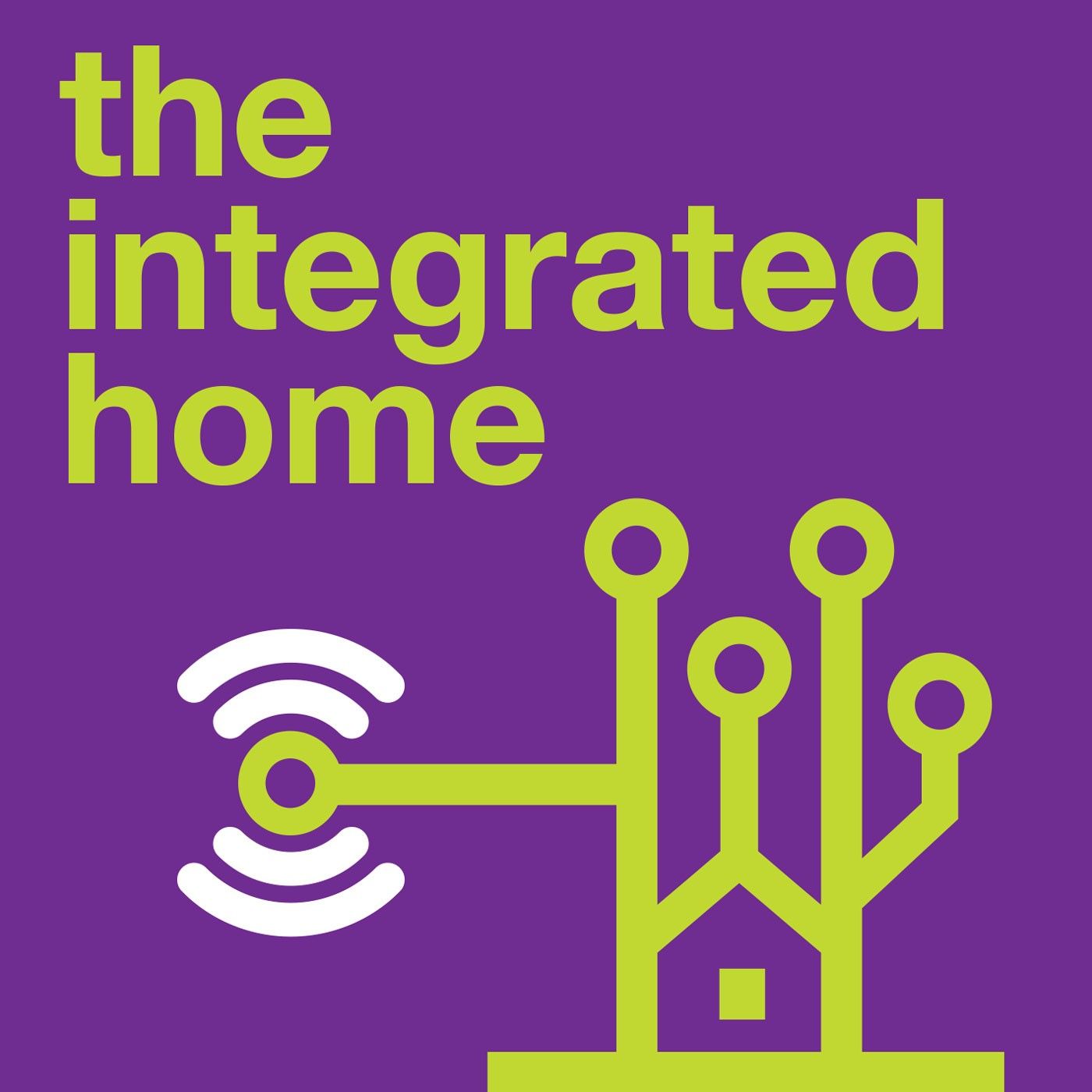
Corporate AV market outlook 2026
ISE Insights According to AVIXA’s 2025 Industry Outlook and Trends Analysis, end users have become increasingly confident in long-term norms which has unlocked spending in the sector. The early refresh cycle of pandemic projects also contributed to revenue of $72.5bn in 2025, suggesting longer term stability for the sector.
According to AVIXA’s 2025 Industry Outlook and Trends Analysis, end users have become increasingly confident in long-term norms which has unlocked spending in the sector. The early refresh cycle of pandemic projects also contributed to revenue of $72.5bn in 2025, suggesting longer term stability for the sector.
Fostering collaboration, ensuring equity between meeting participants and minimising technical frustrations are the key aims of most end users in the corporate sector. This means user-friendly solutions that allow smooth transitions between in-office and remote work continue to be in demand.
AI has been enhancing conferencing and collaboration tools for some years, but agentic AI is now starting to have an impact too. By operating autonomously and making decisions independently, these AI systems are able to take on complex, decision-intensive tasks, such as scheduling meetings based on participant and room availability, creating documents based on previous meetings or analysing data to identify trends and improve decision making.
Indeed, more intelligent technology is increasingly in demand across the corporate sector, with sensors, data analysis tools and machine learning being employed to create more comfortable, efficient and responsive workspaces.
There is also a growing focus on enabling more realistic meeting experiences that bring together in-person and remote attendees in a more natural way. The most advanced platforms here utilise innovative AI, 3D imaging and light field rendering to create true-to-life 3D hologram-like representations of participants without the need for headsets or goggles. The aim is to bring more realism to meetings while ensuring participants can also pick up on the non-verbal cues that can be more difficult to spot in remote meetings.
Expanding 5G coverage could help with the adoption of technologies such as this. While in the short term it will help to boost efficiency by reducing latency and buffering during meetings and speed up data transfers, in the longer term it will also enable bandwidth-heavy applications to be more widely adopted. This could include greater adoption of training that utilises VR/AR as well as 3D conferencing.
The visual and voice tracking systems that have become increasingly popular in recent years are also a key tool in enhancing the collaboration experience for both in-room and remote participants. Whether tracking audio or video, AI plays a key role here too. For example, PTZ cameras can employ AI algorithms to analyse a room in real-time and identify and frame speakers quickly and smoothly. In addition, algorithms can identify background noise and remove reverberation to ensure a more comfortable and clear meeting room experience.
While many employees have embraced the ability to use their own devices in the workplace in recent years, this looks like an area to watch. As cybersecurity remains top of the list of concerns for many enterprises, so the use of personal devices has increasingly been identified as security blind spot. Using work devices remotely is also an area of concern. While allowing personal devices onto the network undeniably streamlines workflows for users, if unmanaged and unmonitored they can poise a serious risk, and one that organisations are increasingly aware of. Striking a balance between enabling teams to work effectively and ensuring network security is increasingly a focus for AV/IT teams in the sector.
Related News
-
By incorporating AV technology in their project designs, architects can create efficient and productive workspaces with enhanced functionality, aesthetics, and sustainability.



)
)
)
![[inst]ALLICHT](https://cdn.asp.events/CLIENT_Integrat_169E7B04_E6F3_39F6_8BE4DB27C54F731E/sites/ise-2025/media/libraries/partners/Inst_Allicht_Logo.png/fit-in/500x500/filters:no_upscale())
)
)
)
)
)
)
)
)
)
)
)
)

)
)
)
)
)
)
)
)
)
)
)
)
.png/fit-in/500x500/filters:no_upscale())
)
)
)
)
)
)
)
)
)
)
)
)
)
)
)
)
)
)
)
)
)
)
)
)
)
)
)
)
)
)
)
)
)
)
)
)
.png/fit-in/500x500/filters:no_upscale())
)
)
)
)
)
)
)
)
)
)
)
)
)
)
)
)
)
)
)
)
)
)
)
)
.png/fit-in/500x500/filters:no_upscale())
)
)
)
)
)
![rAVe [PUBS]](https://cdn.asp.events/CLIENT_Integrat_169E7B04_E6F3_39F6_8BE4DB27C54F731E/sites/ise-2025/media/libraries/partners/rAVe-PUBS-Google-Logo.png/fit-in/500x500/filters:no_upscale())
)
)
)
)
)
)
)
)
)
)
)
)
)
)
)
)
)
)
)
)
)
)

)
)
)
)
)
)
)
)
)
)
)
)